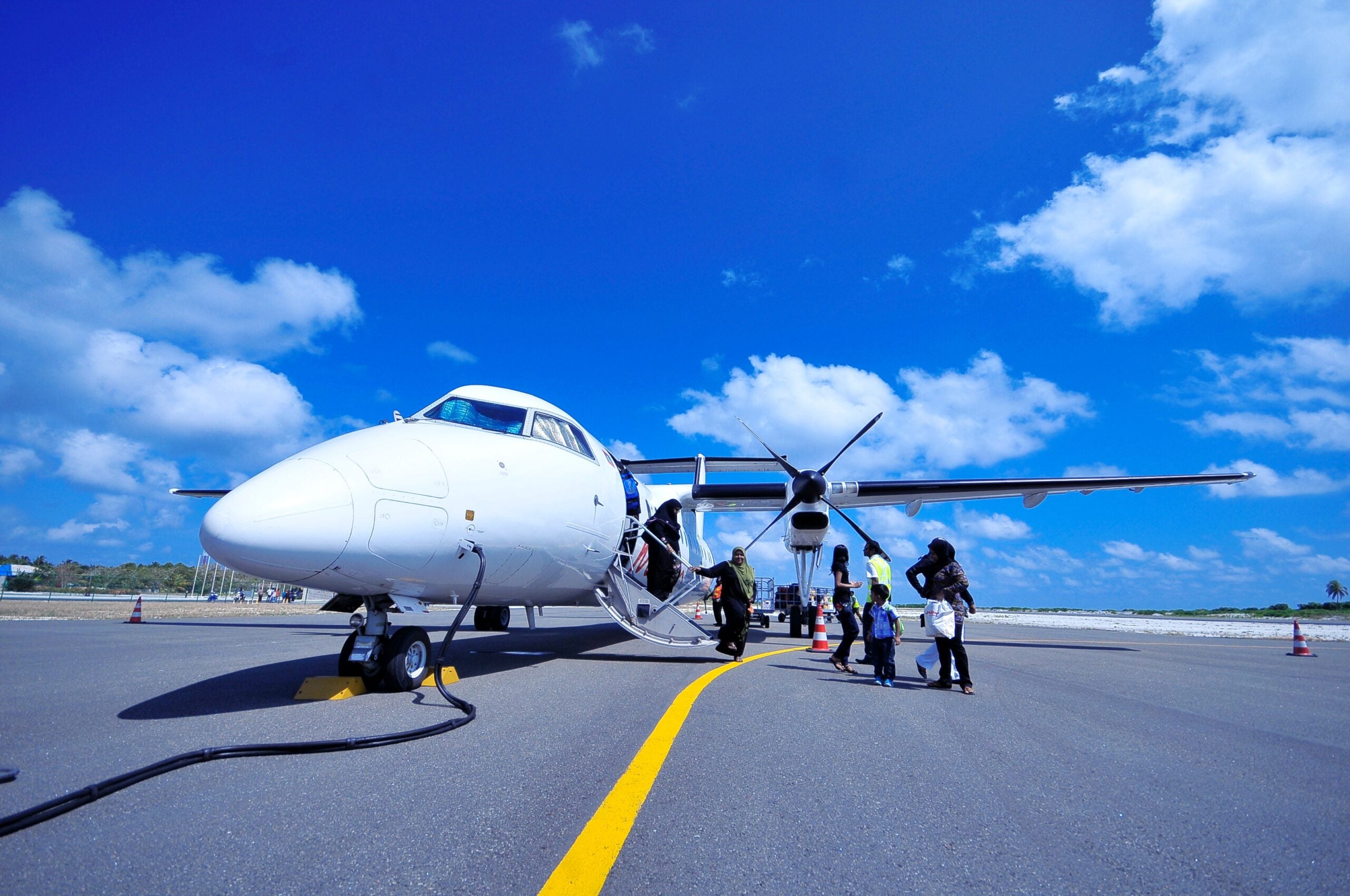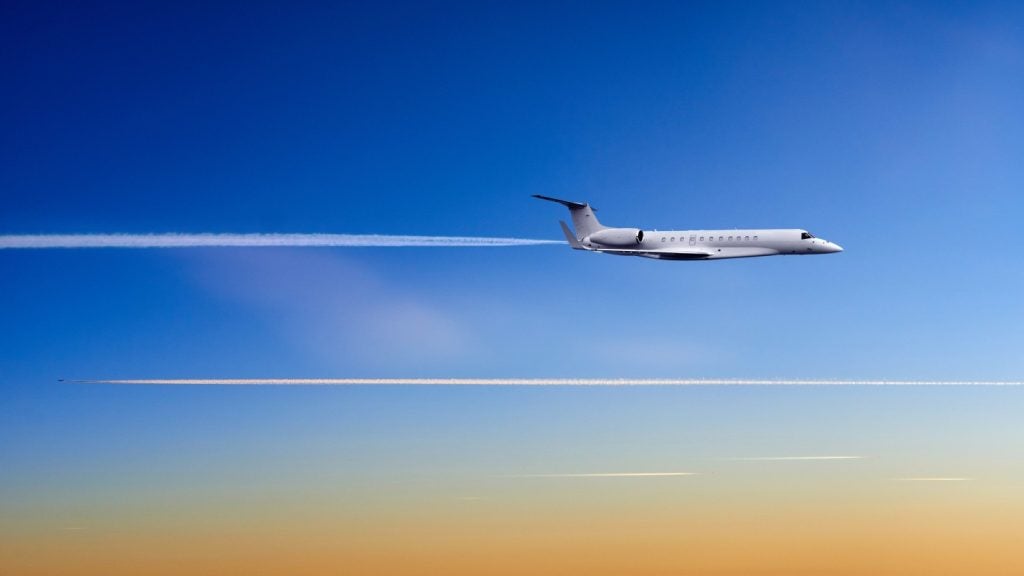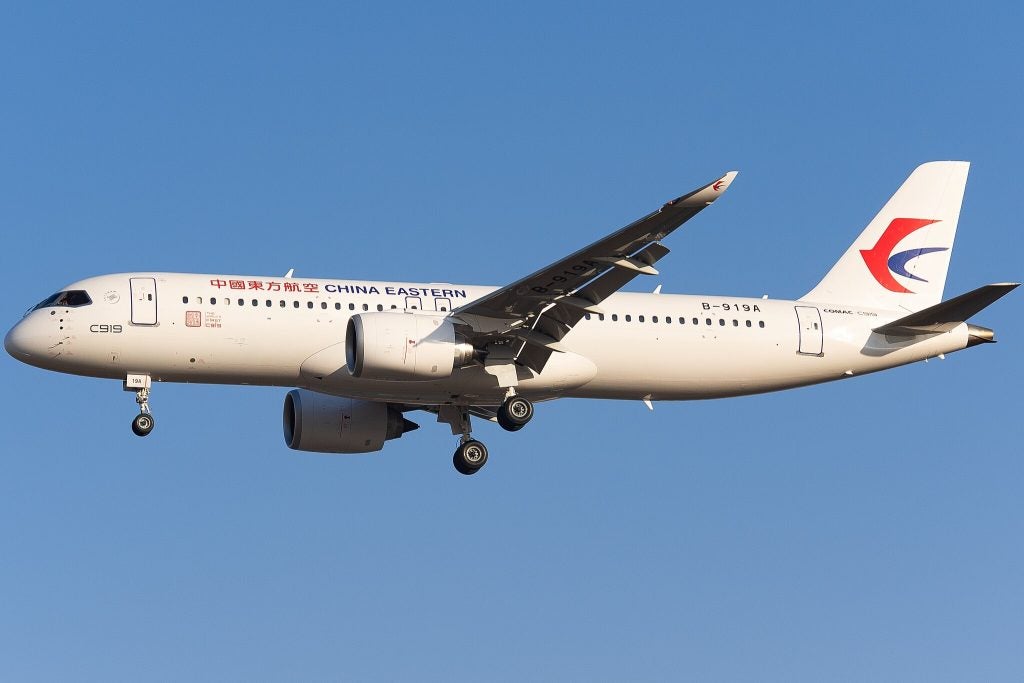
A new report from the European campaign group Transport & Environment (T&E) has shown that CO2 emissions from the European private jet market have increased by 31% between 2005 and 2019, rising faster than those from commercial aviation.
‘Private jets: can the super-rich supercharge zero-emission aviation’ reveals that the impact of private jets in terms of CO2 emissions is ten times bigger than the one caused by commercial aviation and 50 times more severe than trains.
“Flying on a private jet is probably the worst thing you can do for the environment,” commented T&E aviation director Andrew Murphy. “And yet, super-rich super polluters are flying around like there’s no climate crisis.”
Who are the polluters?
According to T&E, the most common type of jet in the European market is the Cessna Citation Excel, a 16m plane that can carry eight passengers and has a fully-loaded range of 2,700km and therefore cannot do long-haul flights.
The second most used is the Beechcraft King Air, which is powered by a turboprop and can fit up to six people, with a range of 1,900km. Most private jets in the European market have similar characteristics mainly due to their use and the type of ownership.
How well do you really know your competitors?
Access the most comprehensive Company Profiles on the market, powered by GlobalData. Save hours of research. Gain competitive edge.

Thank you!
Your download email will arrive shortly
Not ready to buy yet? Download a free sample
We are confident about the unique quality of our Company Profiles. However, we want you to make the most beneficial decision for your business, so we offer a free sample that you can download by submitting the below form
By GlobalDataAs reported by the organisation, the main reason for flying private is leisure, as shown by a peak in use during the summer months. In a survey by private aviation buyer’s guide Private Jet Card Comparisons, 46% of respondents said they were using private aviation to transport family members, and 45% said they were flying privately to a second home.
Within the European market, private jets are mostly used for intra-European flights, with seven out of ten of the most polluting routes spread across Switzerland, Italy, the UK and France.
In the world of private European flying, the UK and France are the biggest polluters, producing 19.2% and 16.5% of CO2 emissions respectively, the equivalent of that produced by 20 other European countries.
France in particular is one of Europe’s main hubs for private jets. One-tenth of all flights that were departing from France in 2019 was private jets and 80% of those flights travelled within Europe.
Has Covid-19 impacted the European private jet industry?
2020 was one of the worst years for the aviation industry, which suffered a massive blow because of the Covid-19 pandemic and the consequent halt in international travel.
As highlighted in a report by the International Civil Aviation Organisation, compared to 2019 in 2020 the number of total passengers went down by 60%, whilst projections for 2021 expect a decline between 41% and 49%.
While the pandemic’s economic effects were disastrous for airlines and airport operators, private jetliners maintained pre-Covid levels, with some operators such as GlobeAir reporting an increase of more than 11% compared with 2019.
The reasons for the increase can be also attributed to the pandemic itself, as the perceived risks of contracting Covid-19 are likely to drive the people who can afford it to fly privately, as it feels safer.
“It was always more a curiosity than a reality until Covid-19, but now it is the only way we travel,” said one respondent.
Private Jet Card Comparisons recently highlighted that 51% of private jet users are increasing their use of private planes, with 72% flying privately to minimise the risks of Covid-19.
“We were already using private aviation for 75% to 85% of our travel. Because of Covid-19, we will now do 100% of our travel via private aviation,” added another.
Can private jets be part of the decarbonisation solution?
The private jet market can also be part of the decarbonisation solution, explained Murphy.
“The good news is these short hops are prime targets for replacement by clean technologies like electric and hydrogen aircraft,” he said. “European policymakers need to urgently start taxing fossil-fuel-powered private jets and ban their use by 2030.”
Private jets fuels are still untaxed in the EU because of carbon pricing schemes and the lack of tax on kerosene, but the organisation believes that a tax on jet fuels could raise €325m to help the sector reach its decarbonisation goals.
“The revenues raised from the super-rich could be invested in greener technology that could clean up flying for everyone,” concluded Murphy.







